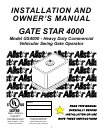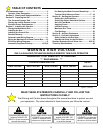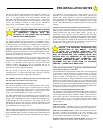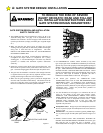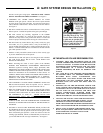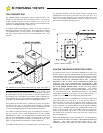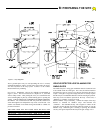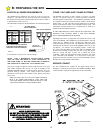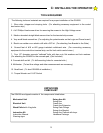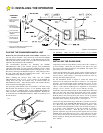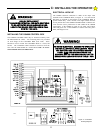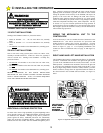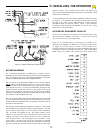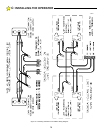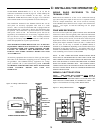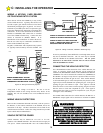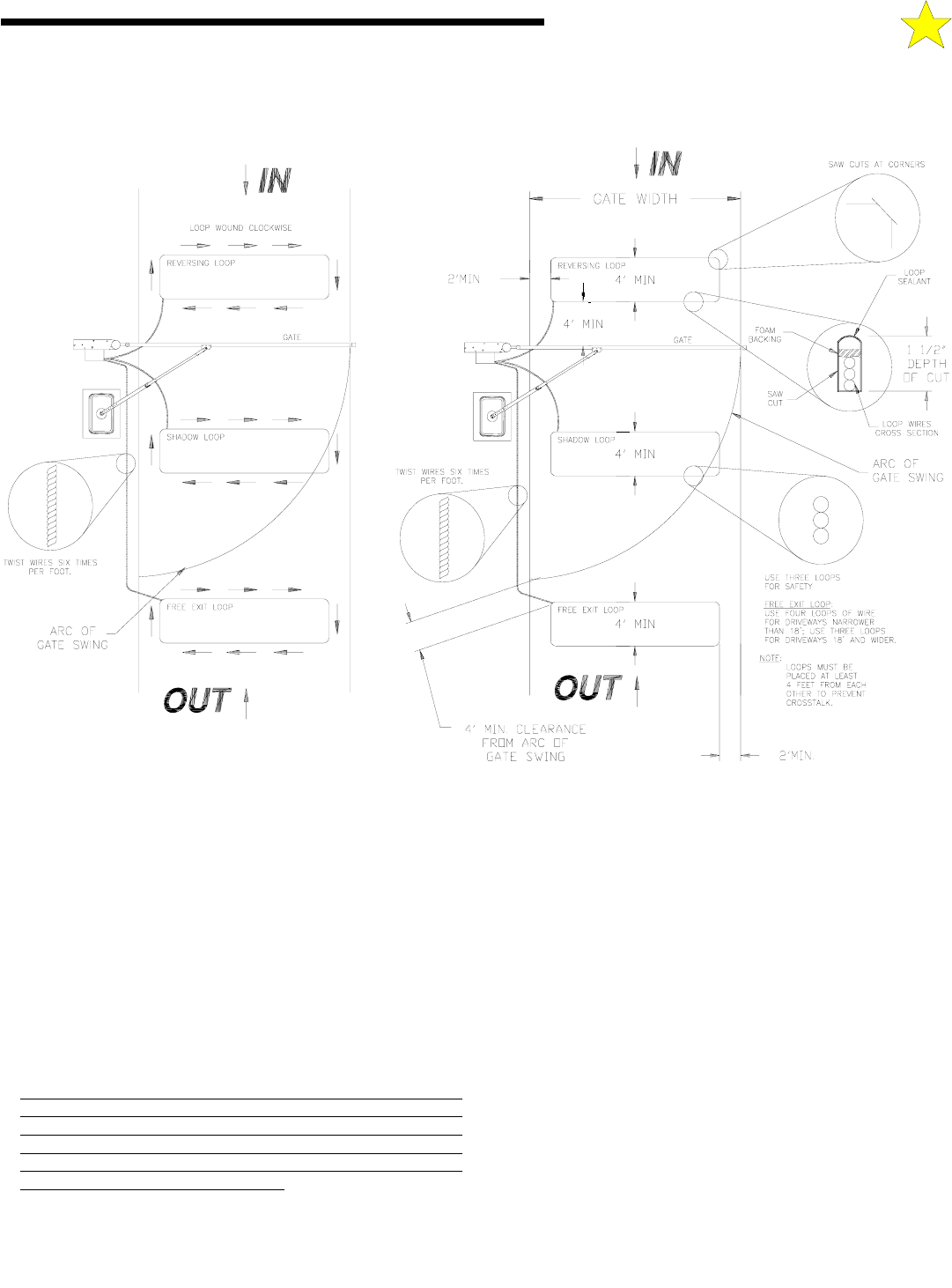
7
Above ground splices may be used providing the wire is twisted,
soldered and moisture sealed. For best long term results, do not use
wire nuts anywhere in the loop system. Connect to the Vehicle
Detector harness by soldering.
For saw-cut installations, observe the methods recommended in
Figure 7, above. The saw-cut must be to a depth of 1.5", clean and
with no sharp corners. After placing the wires, it is essential that the
wires be held tightly in place by a foam backing prior to pouring the
sealant. THIS IS ESPECIALLY IMPORTANT WHEN FREEZING
IS LIKELY. No voids should exist that will permit the collection of
water that might freeze and push the loop wires out of the slot. The
sealant used should not be hard setting and should be suitable for
pavement material.
THE WIRE USED FOR THE LOOPS MUST BE HEAT AND
WATER RESISTANT, CROSS-LINK POLYETHYLENE
INSULATED. TYPE XLPE IS BEST. RHW IS O.K. DO NOT
USE ANY PVC INSULATED WIRE. (PVC insulation will absorb
moisture that may affect Detector operation.) WIRE SIZE SHOULD
BE #16 GA. STRANDED OR LARGER.
VEHICLE DETECTOR LOOP BLANKING FOR
SWING GATES
The inside loop for a swing gate installation must be located at least
4 feet outside of the arc of the gate. If it is not, the Vehicle Detector
may detect the gate as it moves over the loop and cause the Gate to
reopen. If the gate is large and a single leaf, the arc usually requires
that the loop be a considerable distance from the closed gate position.
This may not be an effective position for the loop. In this case, a
“blanking” or “shadow” loop may be used.
When a Shadow Loop is necessary, connect the output of the loop
detector to terminal #9 “Shadow Loop” and terminal #16
“Common”. The GS4000 circuitry will recognize a vehicle on the
loop and prevent the gate from closing while the vehicle is over the
Shadow Loop. When the gate is closing or opening, the GS4000
circuitry will ignore input from this loop as the gate swings over it.
Figure 7: Loop Diagrams
104945
B: PREPARING THE SITE



